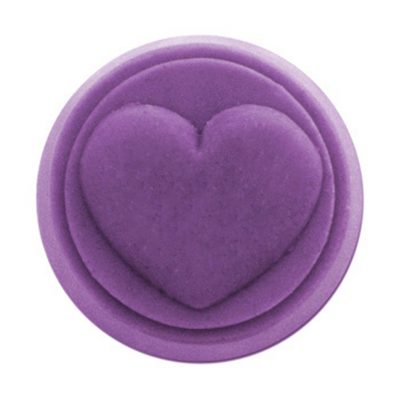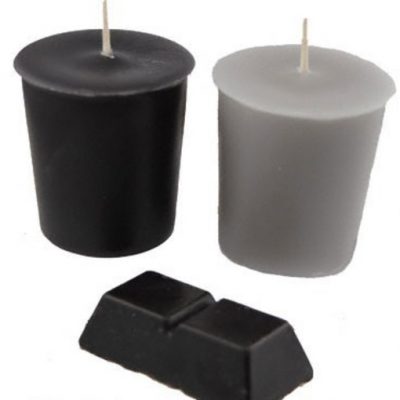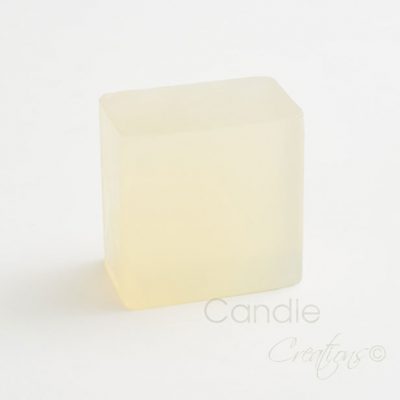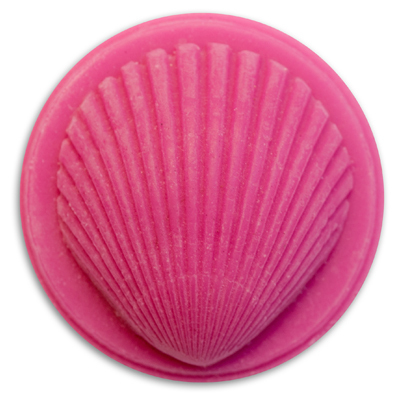Pricing your candles effectively is one of the most critical steps in running a successful candle-making business. If you price too high, you risk losing customers to the competition. Price too low, and you might struggle to make a profit. Striking a balance between competitive pricing and maintaining healthy profit margins is essential—especially in the New Zealand market, where unique trends and customer preferences play a vital role. This guide will walk you through everything you need to know about pricing your candles for maximum profit while staying competitive and customer-focused.
Why Proper Pricing Matters
Your pricing strategy is not just about covering your costs; it’s a reflection of your brand, quality, and target market. A well-thought-out pricing structure ensures you achieve the following:
- Recover all business expenses, including materials and overheads.
- Generate profit to reinvest in growing your business.
- Position your candles competitively within the market.
- Create perceived value among customers, helping to align quality and price.
With these goals in mind, let’s explore the main factors and strategies that will help you determine the perfect price for your candles.
1. Calculate Your Costs
To set profitable prices, you first need to know how much each candle costs you to make. Break this down into three categories:
1.1. Material Costs
Material costs include everything that goes into making the candle, such as:
- Wax (e.g., soy wax or beeswax)
- Fragrance oils
- Wicks
- Jars or other containers
- Packaging (boxes, labels, ribbon)
For example, if you’re purchasing fragrance oils and jars from Candle Creations in bulk, make sure to calculate the cost per unit, factoring in any shipping fees.
Action Tip: Create a detailed spreadsheet to track the exact cost of all materials, dividing bulk purchases by the number of individual candles they produce.
1.2. Labour Costs
Your time has value! Whether you’re pouring wax, designing labels, or packaging, it’s essential to calculate the labour costs for each candle. For small businesses, this could mean setting an hourly wage for yourself and dividing it by the number of candles produced in that time.
Example: If it takes you 2 hours to make 20 candles, and you value your time at $25 per hour, the labour cost per candle is $2.50.
1.3. Overheads
Overheads include everything needed to keep your business running, like:
- Rent for workspace or utilities
- Marketing costs (e.g., running ads in New Zealand markets)
- Equipment like thermometers, melters, or scales
Allocate these costs across your products. For example, if your monthly overheads are $500 and you sell 200 candles per month, each candle should account for $2.50 of overhead costs.
Pro Tip: Reassess these costs quarterly to accommodate any increases in rent, utilities, or material costs.
2. Add Profit Margins
Once you’ve calculated the total cost to make each candle, it’s time to mark up the price to ensure you’re earning a profit. A standard markup for candles typically ranges from 50% to 100% depending on your target market.
For example:
- Total cost per candle: $7.00 (materials + labour + overheads)
- Markup (100%): $7.00
- Final price: $14.00
Note for New Zealand: Customers in regions like Auckland or Wellington may be willing to pay a higher price for premium handmade candles, while rural markets might require lower pricing.
 3. Research Market Trends
3. Research Market Trends
Keeping your pricing competitive requires an understanding of what similar candle makers in New Zealand are charging. Take time to investigate the following:
- Competitors’ Prices: Research other local businesses selling candles of similar quality, size, and packaging.
- Customer Preferences: Do New Zealand customers favour eco-friendly, vegan candles? Are seasonal scents more in demand? Cater to these preferences in both pricing and offerings.
Visit markets, study online stores, and check social media to gain insights. For instance, if luxury soy candles typically sell for $30-$50 each, position yours within that range while ensuring your profit margins remain healthy.
4. Understand Your Target Audience
Your ideal customers will determine how much they’re willing to pay for your candles. Are you targeting:
- Budget-conscious buyers: Opt for minimalist packaging and affordable pricing.
- Eco-conscious consumers: Highlight your use of sustainable wax and non-toxic materials, and charge accordingly.
- Luxury clientele: Sell high-end candles with elegant packaging and unique fragrances at premium prices.
To help define your target audience in New Zealand, think about where your customers live, shop, and spend their time. For example, urban professionals may value premium candles for relaxation, while gift shoppers may prioritise decorative packaging.
5. Test and Refine Your Pricing
Pricing is not static—it’s an experiment! Once you’ve set your candle prices, monitor sales closely to identify successes and opportunities for improvement.
- A/B Testing: Offer two versions of a similar candle at slightly different prices to see which one performs better.
- Customer Feedback: Ask customers if they feel your candles are priced fairly for the quality and experience they offer.
- Trial Promotions: Offer discounts or bundles to test how price impacts demand.
Example: You could run a promotion like “Buy 2 Get 1 Free” to see how customers react. If sales increase significantly, you may gain insights into what price point works best.
6. Account for Seasonal Demand
Adjust your pricing and product range for seasonal trends. For instance:
- Offer slightly higher-priced limited-edition candles during Christmas or Matariki.
- Launch promotional bundles for Mother’s Day.
- Introduce autumn-themed fragrances (e.g., cinnamon or pumpkin spice) for higher-demand periods.
Seasonal demand in New Zealand follows distinctive patterns, so be prepared to tweak your pricing and marketing to align with buyer behaviour.
7. Avoid Pricing Pitfalls
Here are a few common mistakes to watch out for when pricing your candles:
- Undervaluing Your Work: Ensure your prices reflect the quality and craftsmanship of your candles.
- Ignoring Hidden Costs: Remember to factor in all expenses, such as marketing, shipping, or transaction fees.
- Competing Solely on Price: Instead of being the cheapest, focus on the value your candles provide—whether through unique scents, eco-friendly materials, or premium packaging.
8. Communicate Value to Justify Your Price
Your price reflects more than just the product—it’s the experience and quality your customers are paying for. Use your branding, website, and packaging to highlight the key features of your candles, such as:
- Locally sourced ingredients.
- Handcrafted, small-batch quality.
- Long-lasting burn times.
For example, if you’re selling a soy candle in a luxury black jar, describe it as “a sustainable, elegant addition to any New Zealand home.” Well-crafted messaging can help customers see the value behind higher price points.
9. Use Pricing as a Marketing Tool
Take advantage of psychological pricing techniques to attract customers:
- Charm Pricing: Set your prices at $19.95 instead of $20.00 to make them appear more affordable.
- Bundles and Discounts: Offer deals like “3 candles for $75” to increase perceived value while selling more products.
- Limited-Time Offers: Create urgency with phrases like “Introductory Price—Limited Time Only.”
10. Reassess Regularly
Don’t set your prices and forget them. Revisit your pricing every 3-6 months to account for changes in material costs, market demand, and customer feedback. This ensures your business remains profitable and competitive in a constantly changing marketplace.
Final Thoughts
Pricing your candles for maximum profit requires a mix of strategy, research, and adaptability. By calculating costs, researching the local market, and understanding your target audience, you can set prices that reflect the value of your products while ensuring profitability. Remember to monitor customer feedback and adjust as needed to build long-term success in the New Zealand candle market.
Now it’s time to take action! Review your current pricing strategy and see where you can make improvements. Whether it’s crafting high-quality soy candles or experimenting with new seasonal scents, Candle Creations is here to supply you with everything you need to make your business shine.


